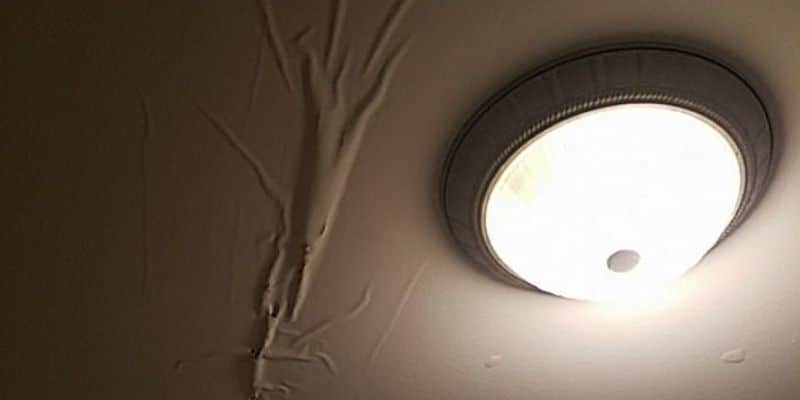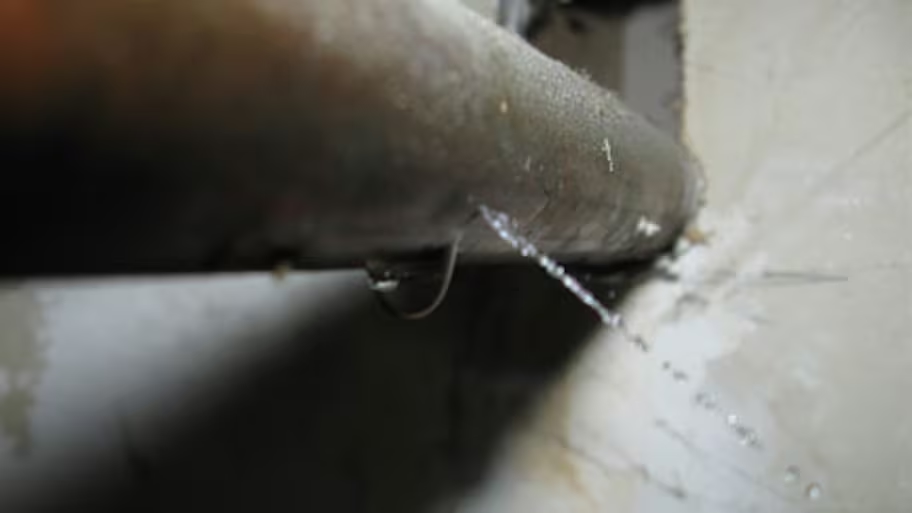What're your concepts on How to detect water leaks in your home?

Leakages not just cause waste of water but can also trigger unnecessary damages to your home and advertise unwanted organic growth. However, water leaks could go unnoticed given that the majority of the pipework in our home is concealed. By comprehending and looking for everyday circumstances that cause leakages, you can shield your residence from future leakages as well as unnecessary damages. Today, we will certainly look at six leakage triggers that might be causing your pipes to drip.
Trespassing origins
The majority of water leakages begin outside the house rather than inside it. You could observe damp patches or sinkholes in your yard, as well as that could mean that tree origins are attacking water lines creating water to permeate out.
Rusty water supply
This might be the cause of discoloration or warping on your water pipes. If our plumbing system is old, think about replacing the pipelines given that they are at a greater danger of corrosion than the more recent models.
Defective Pipeline Joints
Pipe joints can degrade over time, resulting in water leakages. If you have noisy pipelines that make ticking or banging noises, specifically when the hot water is transformed on, your pipeline joints are possibly under a lot of pressure.
Instantaneous temperature adjustments.
Extreme temperature adjustments in our pipelines can trigger them to broaden and also get unexpectedly. This growth and also contraction may cause fractures in the pipes, specifically if the temperature level are below freezing.
Poor Water Connectors
Sometimes, a leakage can be brought on by loosened hoses and pipelines that supply your devices. More often than not, changing is what creates the loosened water Connections. You could discover when it comes to a cleaning equipment, a hose pipe might spring a leak as a result of drinking during the spin cycle. In case of a water connections leak, you might notice water running directly from the supply line or pools around your devices.
Clogged Drains
Blocked drains may be annoying and also inconveniencing, yet they can occasionally end up causing an overflow leading to burst pipelines. Maintain eliminating any kind of products that might decrease your drains pipes that could block them to avoid such troubles.
All the above are causes of leakages but not all water leakages arise from plumbing leakages; some leakages may originate from roof covering leakages. All leaks must be repaired promptly to stay clear of water damage.
Leakages not only cause waste of water but can additionally cause unnecessary damages to your residence and promote unwanted organic growth. By comprehending and looking for everyday circumstances that cause leakages, you can secure your home from future leakages and unneeded damages. Today, we will look at 6 leakage creates that may be triggering your pipelines to drip.
At times, a leakage can be created by loosened hoses and pipelines that provide your devices. In situation of a water links leak, you might observe water running directly from the supply line or pools around your home appliances.
TYPES OF WATER LEAKS YOU SHOULD BE FAMILIAR WITH
Shower Fixture Water Leaks
If you notice a water leak near your shower fixture, perform an inspection to confirm if you are able to find broken caulk lines. As your shower fixture becomes older, it is not uncommon for water to leak onto the other side of the frame. To fix this type of plumbing leak, scrape off the old caulk and run a new bead of it around the shower fixture to seal up any fractured crevices and holes.
Bathtub Drainage Water leaks
To fix this type of leak in a bathtub, remove the drain flange and clean it. Next, you should also remove the rubber gasket located beneath the tub’s drain hole. Buy a replacement gasket that matches the old version and install it in the same location. Once the drain flange and rubber gasket are installed, apply a small amount of silicone caulk to the drain to prevent water leakage below your tub.
Water Pipe Leaks Behind Walls
Issues such as discolored grout and loose shower tiles may be caused by a water pipe leak behind the walls in your bathroom. To fix this plumbing leak, you will be required to remove the tiles, grout, or caulk in your shower. Once the tiles in your shower have been removed, perform an inspection of the drywall to confirm if it’s moist or wet. If you notice water marks or mold on the wall, this is an indicator of a water pipe leak.
Toilet Leaks
Nobody likes a toilet leak. It can cause water damage to the subfloor, joists, or even the ceiling in the room below. To combat this type of water leak, you will need to reinstall your toilet with a brand new ring of wax. If the toilet sits uneven, be sure to add toilet shims to correct the issue. Do you notice a broken bolt slot or flange? We recommend performing a new metal flange installation to remediate this issue.
Sink Water Leaks
To prevent damage to the beautiful counter tops in your kitchen or bathroom, tighten the base of your sink to prevent a water leak. Next, scrape away any old caulk around the sink and apply a fresh coat. Prior to using the kitchen or bathroom sink, you will need to secure the fixture to the countertop with the clips located beneath the sink rim to prevent a water leak.
https://www.fenwickhomeservices.com/blog/6-types-of-water-leaks-you-should-be-familiar-with/

As a keen person who reads about How to Find Water Leaks, I think sharing that blog post was important. Don't hesitate to set aside a second to distribute this blog posting if you liked it. Many thanks for taking the time to read it.
Act before it's late!